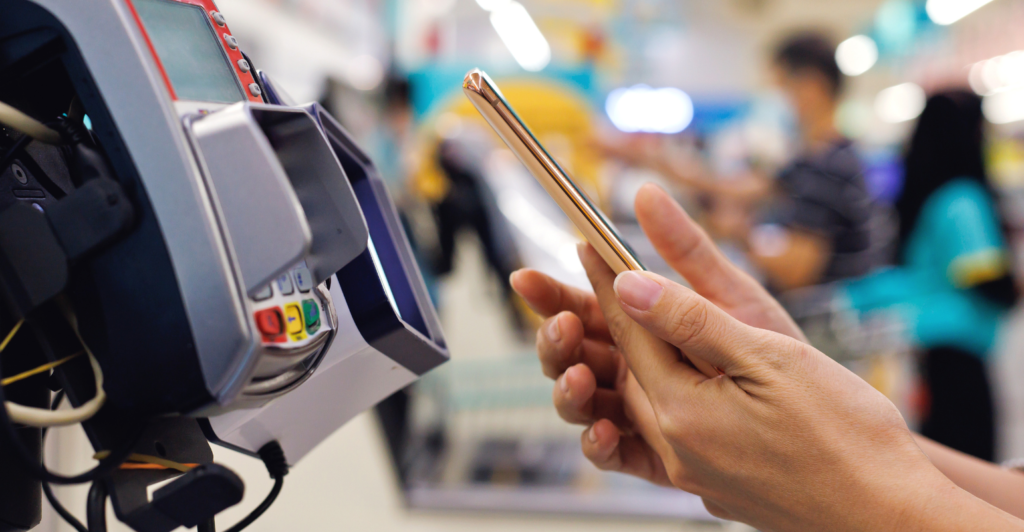Despite the challenges some retailers are facing with self-checkout, traditional supermarkets and other big-box retailers will continue to leverage technologies and merchandising innovations to improve the in-store experience for customers, while minimizing labor costs, according to one analyst.
“I think the days of standing in long lines are over,” Keith Daniels, managing partner at Carl Marks Advisors, told Supermarket News. “That’s very frustrating for the consumer.”
Retailers will continue to tweak their checkout offerings by limiting the number of items and possibly through the use of smart carts or phone-based scanning, in order to make self-checkout more convenient, he said.
Retailers overall are increasing their investments in making stores more shoppable and enhancing the overall experience, Daniels said, citing innovations such as the walk-in refrigerated produce rooms at Food Lion and the “store within a store” departments at Target, for example. In addition, retailers will increasingly make use of artificial intelligence and other technologies to optimize product freshness and to help maintain inventory levels.
“People are really embracing online ordering and pickup, but at the same time people are also coming back into the store and shopping the aisles a bit more, and stores are challenged to enhance that experience,” Daniels said.
In the refrigerated produce rooms at Food Lion, for example, the merchandising represents an improvement over the more utilitarian refrigerated produce rooms at Costco, he said.
“They are trying to enhance that experience around produce, and giving the impression that they are keeping it fresh,” Daniels said.
Walmart has also significantly enhanced its produce offerings, he noted, which the company has said has helped drive increased sales.
“We’ve definitely experienced benefits from improvements in quality [of fresh foods],” said John Furner, president and CEO of Walmart U.S., in the company’s first-quarter conference call with analysts, citing improvements in both produce and meat offerings.
Mobile apps are also providing tools for retailers to improve the in-store shopping experience, Daniels said. Consumers can increasingly download mobile coupons while shopping and receive more personalized offers, and retailers such as Walmart are beginning to leverage AI to optimize this experience for consumers in the store by reminding customers of things that may need to be replenished or suggesting alternative product solutions. Technology such as mobile apps and in-store kiosks are also making wayfinding within the store easier for shoppers, he said.
In addition, Walmart’s recent announcement that it will switch to electronic shelf labels through its stores signals the retailer’s commitment to both the in-store experience and labor efficiency, Daniels said.
The efforts of big-box stores to make their stores more convenient to shop come as some retailers are finding success with smaller stores that seek to make shopping more efficient. According to a new report from retail traffic analytics form Placer.ai, retailers including Sprouts Farmers Markets, BJ’s Wholesale Club, and Macy’s have all seen increases in foot traffic at their newer, small-format locations.
Sprouts, for example, has seen visits to its smaller-format stores increase by nearly 50% since January 2022, outpacing the overall grocery sector in early 2024.
“Having a smaller format makes it more efficient for consumers, and gives it that convenience factor,” said Daniels. “There is definitely some appeal to that, and I’m not surprised that [retailers] are seeing success with it.”
The added bonus of operating small formats, he noted, are the reduced overhead costs, including rent, especially at stores where online sales may be significant and the need for a large store is reduced.


